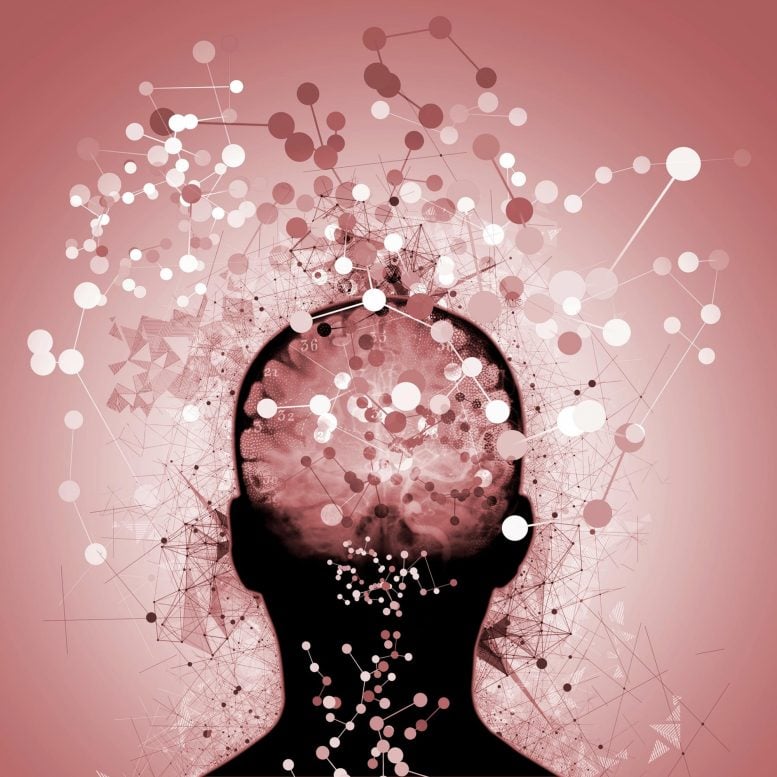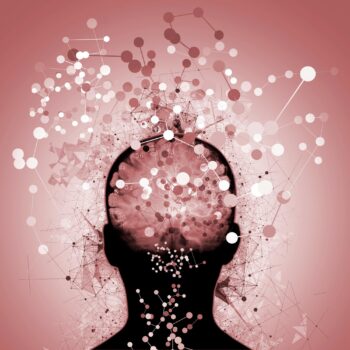
Researchers at Mayo Clinic have recognized distinctive molecular adjustments within the blood-brain barrier that might assist diagnose and deal with Alzheimer’s illness.
Mayo Clinic researchers have uncovered molecular signatures of blood-brain barrier dysfunction in Alzheimer’s, providing new avenues for prognosis and remedy based mostly on in depth tissue evaluation and mobile research.
The blood-brain barrier — a community of blood vessels and tissues that nurtures and protects the mind from dangerous substances circulating within the blood — is disrupted in Alzheimer’s illness. Researchers at Mayo Clinic, together with their collaborators, have recognized distinctive molecular signatures of this dysfunction, probably resulting in new diagnostic and therapeutic approaches for the illness. Their findings are printed in Nature Communications.
“These signatures have excessive potential to change into novel biomarkers that seize mind adjustments in Alzheimer’s illness,” says senior creator Nilüfer Ertekin-Taner, M.D., Ph.D., chair of the Division of Neuroscience at Mayo Clinic and chief of the Genetics of Alzheimer’s Illness and Endophenotypes Laboratory at Mayo Clinic in Florida.
Intensive Examine and Deal with Vascular Cells
To conduct the examine, the analysis crew analyzed human mind tissue from the Mayo Clinic Mind Financial institution, in addition to printed datasets and mind tissue samples from collaborating establishments. The examine cohort included mind tissue samples from 12 sufferers with Alzheimer’s illness and 12 wholesome sufferers with no confirmed Alzheimer’s illness. All individuals had donated their tissue for science. Utilizing these and exterior datasets, the crew analyzed 1000’s of cells in additional than six mind areas, making this one of the crucial rigorous research of the blood-brain barrier in Alzheimer’s illness thus far, in line with the researchers.
They targeted on mind vascular cells, which make up a small portion of cell varieties within the mind, to look at molecular adjustments related to Alzheimer’s illness. Particularly, they checked out two cell varieties that play an vital function in sustaining the blood-brain barrier: pericytes, the gatekeepers of the mind that keep the integrity of blood vessels, and their help cells often known as astrocytes, to find out if and the way they work together.
They discovered Alzheimer’s illness sufferers’ samples exhibited altered communication between these cells, mediated by a pair of molecules often known as VEGFA, which stimulates the expansion of blood vessels, and SMAD3, which performs a key function in mobile responses to the exterior setting. Utilizing mobile and zebrafish fashions, the researchers validated their discovering that elevated ranges of VEGFA result in decrease ranges of SMAD3 within the mind.
The crew used stem cells from blood and pores and skin samples of the Alzheimer’s illness affected person donors and people within the management group. They handled the cells with VEGFA to see the way it affected SMAD3 ranges and total vascular well being. The VEGFA remedy brought on a decline in SMAD3 ranges in mind pericytes, indicating interplay between these molecules.
Implications of SMAD3 Ranges
Donors with larger blood SMAD3 ranges had much less vascular harm and higher Alzheimer’s disease-related outcomes, in line with the researchers. The crew says extra analysis is required to find out how SMAD3 ranges within the mind impression SMAD3 ranges in blood.
Researchers plan to additional examine the SMAD3 molecule and its vascular and neurodegenerative outcomes for Alzheimer’s illness and in addition seek for different molecules with potential involvement in sustaining the blood-brain barrier.
Reference: “Gliovascular transcriptional perturbations in Alzheimer’s illness reveal molecular mechanisms of blood mind barrier dysfunction” by Özkan Is, Xue Wang, Joseph S. Reddy, Yuhao Min, Elanur Yilmaz, Prabesh Bhattarai, Tulsi Patel, Jeremiah Bergman, Zachary Quicksall, Michael G. Heckman, Frederick Q. Tutor-New, Birsen Can Demirdogen, Launia White, Shunsuke Koga, Vincent Krause, Yasuteru Inoue, Takahisa Kanekiyo, Mehmet Ilyas Cosacak, Nastasia Nelson, Annie J. Lee, Badri Vardarajan, Richard Mayeux, Naomi Kouri, Kaancan Deniz, Troy Carnwath, Stephanie R. Oatman, Laura J. Lewis-Tuffin, Thuy Nguyen, Minerva M. Carrasquillo, Jonathan Graff-Radford, Ronald C. Petersen, Clifford R. Jr Jack, Kejal Kantarci, Melissa E. Murray, Kwangsik Nho, Andrew J. Saykin, Dennis W. Dickson, Caghan Kizil, Mariet Allen and Nilüfer Ertekin-Taner, 20 June 2024, Nature Communications.
DOI: 10.1038/s41467-024-48926-6
This analysis is a part of a federal grant supporting tasks that establish targets for Alzheimer’s illness remedy. The examine was supported partly by the Nationwide Institutes of Well being, Nationwide Institute on Ageing, the Alzheimer’s Affiliation Zenith Fellows Award and Mayo Clinic Middle for Regenerative Biotherapeutics.





